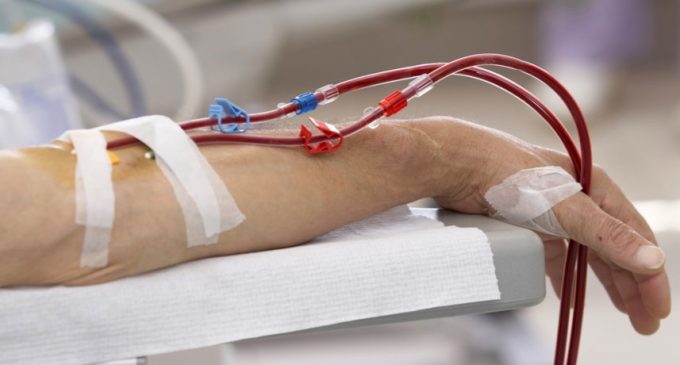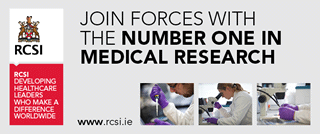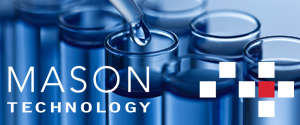Team develop device to improve dialysis treatment

A team of researchers from Imperial College London have used machine learning to develop a device that could potentially improve dialysis for patients.
In collaboration with Hammersmith Hospital, Northwick Park Hospital, and St Mary’s Hospital, the team used computer modelling techniques to simulate how currents in blood flows in the veins of patients receiving dialysis.
Dialysis is used to remove waste products and excess fluid from the blood by diverting it to a machine to be cleaned. When patients are connected to the machine, a junction must be created between an artery and a vein in the patient’s wrist or upper arm. The junction is called an arterio-venous fistulae (AVF).
Abnormal and very unsteady blood flow patterns mean that around 50% of AVFs block up and fail due to intimal hyperplasia – inflammation of artery walls. When this happens patients have to undergo further and in some cases repeated procedures. Patients can run out of regions on the arm where AVF can be carried out, preventing them from using the lifesaving dialysis procedure.
The modelling techniques that the team have used are regularly used to simulate how unsteady air pockets flow over a plane. The team trained a computer using machine learning algorithms to optimise the shape of an AVF so that the unsteadiness in the blood flow can be suppressed.
The team’s prototype device holds the AVF in the optimal shape and has been shown to be successful in preliminary trials using pigs. The team hope to test the device for several months to see how effective the device is.
The study, published in the journal Physics of Fluids, was carried out in conjunction with researchers from Hammersmith Hospital, Northwick Park Hospital, and St Mary’s Hospital.
Dr Peter Vincent, co-author from the Department of Aeronautics at Imperial College London, said: “We routinely use computer simulations to study air flow over aeroplanes. These same techniques, can now be used to optimise medical devices, including AVF.”
Dr Richard Corbett, co-author from Hammersmith Hospital, added: “Haemodialysis is a life-sustaining treatment used by millions of patients worldwide who have kidney failure. These patients are dependent on arterio-venous fistula (AVF) procedures to clean their blood. However, dysfunction and failure in the AVF is a real problem for these patients, leading to a large number of hospital admissions and extra operations.
“This technology offers great promise for these patients. By improving outcomes from AVF surgery it could potentially reduce the need for repeated operations and lead to better quality dialysis.”
The team hopes that their AVF technology could be used in other medical procedures to optimise the shape of blood vessel connections such as in heart by-pass grafts and kidney transplants.






